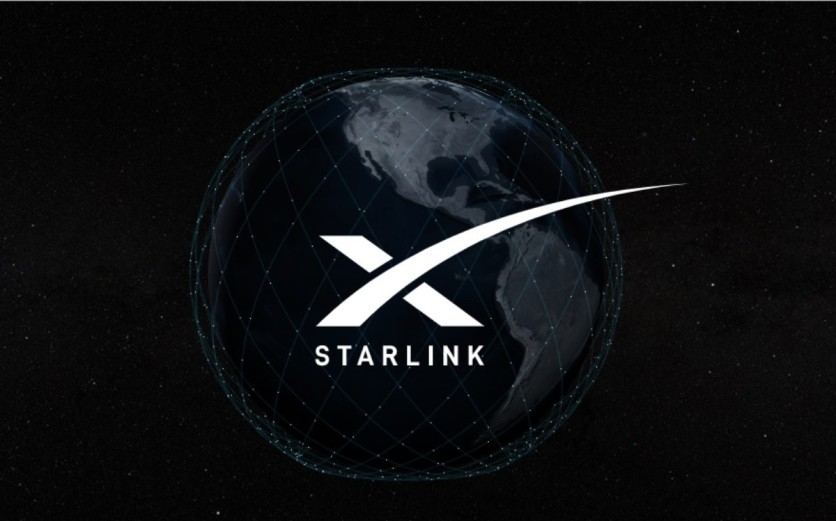
SpaceX has submitted a request to the International Telecommunication Union to launch 30,000 more Starlink satellites on top of the ones already approved.
The American space company has received the greenlight from the U.S. Federal Communications Commission to send 12,000 satellites into the Earth's low orbit as part of its planned broadband constellation.
However, it seems like SpaceX is still seeking to increase its roster of Starlink satellites. Through the help of the FCC, the company has made 20 additional filings to the ITU for 1,500 more satellites each. These spacecraft will be sent to varying levels in the Earth's low orbit.
Starlink Constellation
SpaceX intends to use its Starlink network to provide broadband internet service from space to people all over the world. While the company has already launched 60 satellites in May, it still plans to send hundreds of spacecraft more in the coming months to complete its goal.
Meanwhile, the ITU is the United Nations body responsible for coordinating spectrum to prevent signal from various international satellites from interfering with one another. It also ensures that operators around the world do not engage in spectrum hogging.
The ITU receives requests from satellite operators via national regulators from their respective countries.
SpaceX's ITU Filings
SpaceX has informed the ITU about the number of Starlink satellites the company plans to launch, as well as the frequency usage and planned orbital altitudes for the spacecraft.
However, the firm did not mention when it plans to send the spacecraft into space, or any other details such as the throughput and deorbit timelines for the satellites.
Before it will be allowed to offer broadband services to the U.S. market, SpaceX will have to divulge more information about its planned satellite constellation to the FCC.
In the ITU filings, the space company said the 30,000 additional satellites will be sent to the Earth's low orbit at altitudes between 328 km and 580 km (204 miles and 360 miles).
The spacecraft will come with steerable spot beams to allow them to connect with Starlink broadband customers, as well as "omnidirectional" beams to provide telemetry, tracking, and control functions.
After submitting its request, SpaceX will now have seven years to launch at least one satellite with the intended frequencies. It will then have to operate the spacecraft for 90 days.
Once the space company receives its spectrum rights through the "bring into use" procedure, other satellite operators will have to design succeeding ventures to avoid interfering with SpaceX's existing system.
![Apple Watch Series 10 [GPS 42mm]](https://d.techtimes.com/en/full/453899/apple-watch-series-10-gps-42mm.jpg?w=184&h=103&f=9fb3c2ea2db928c663d1d2eadbcb3e52)



